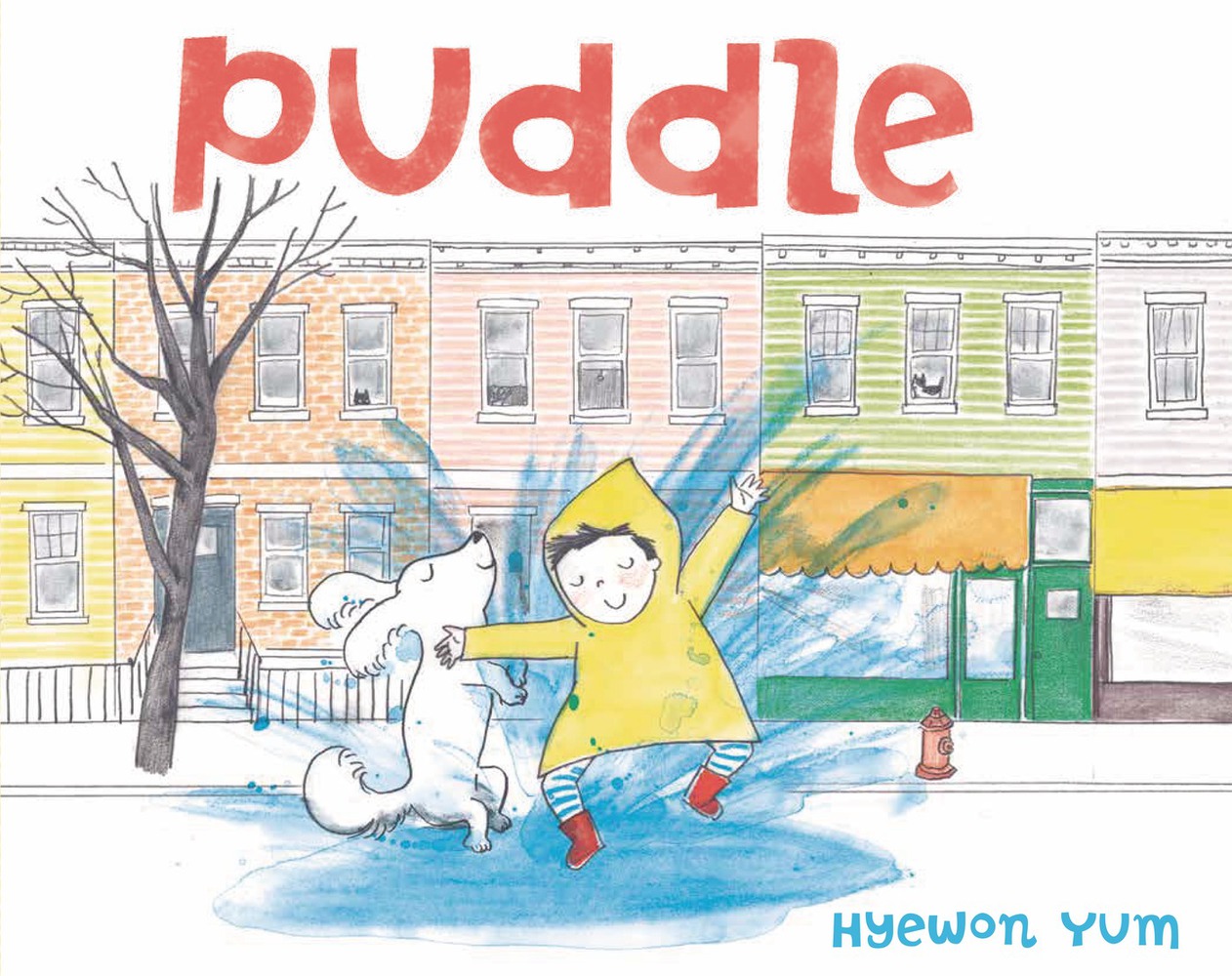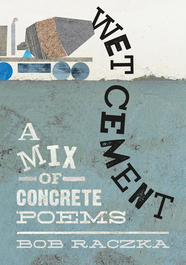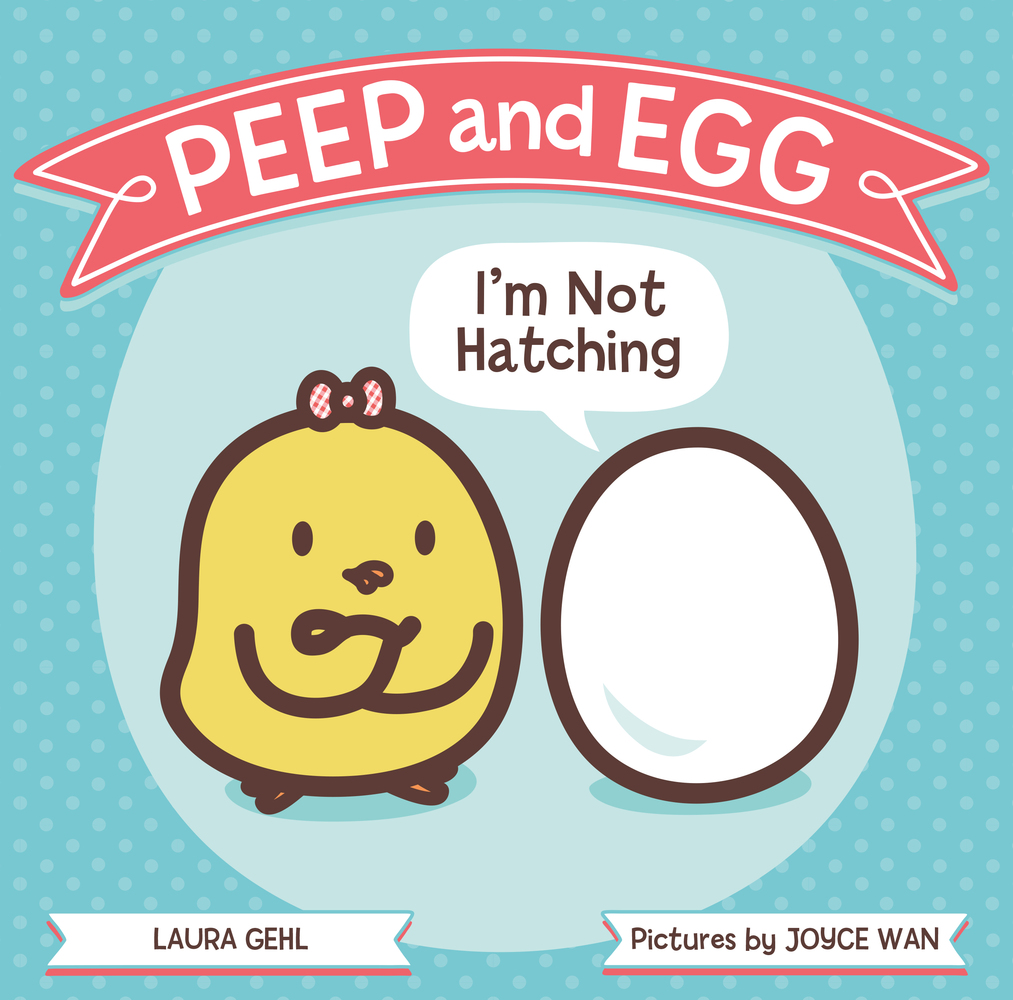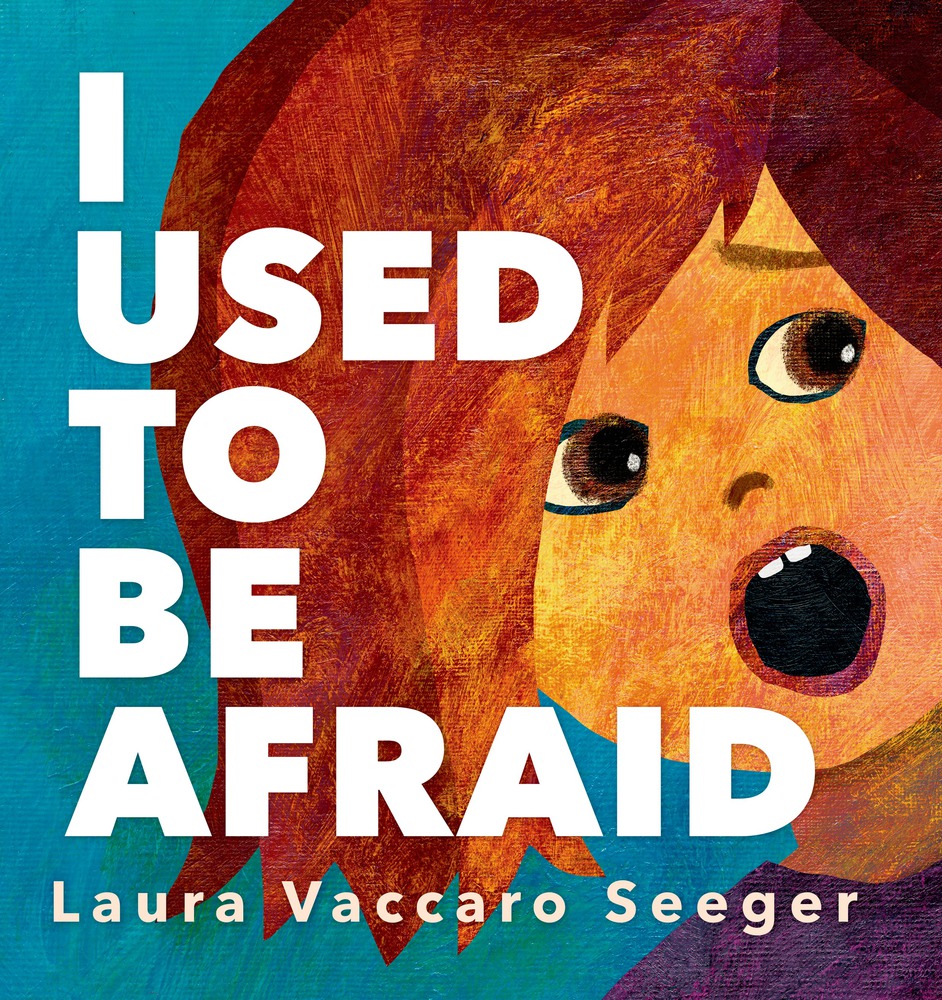Board books are for the youngest readers and started out as
the simplest books, often with only one or two words on a page. Recently,
publishers are reprinting books for young children in a board book format.
Because these books tend to be smaller than regular children’s books, not all
books translate well to this format. I have put these books in order from those
that work best in this format to those that would be best left alone (either
not pushed into a board book format, or not reprinted at all). When looking for
a good board book for the youngest readers, consider the color palette (limited
colors is best), the potential for interactivity (can you engage the child in
the book easily?) and simple language and concepts (are the concepts presented
appropriate for readers aged 2 to 4?).
I Get Dressed by David McPhail
I Play by David McPhail
In I Get Dressed,
each page has one animal from David McPhail’s Nursery Rhyme collection and each
animal has one item of clothing: shirt, pants, socks, tie, etc. Simple drawings
and simple words, for our youngest ‘readers.’
In I Play, the
little bear is featured with one simple verb per page, cutely illustrated by
bear singing, running, and even reading.
While there is not much here, both of these books can be
very interactive and lead to active play, a good combination of reading and
active moving! Three stars for meeting three of the criteria listed above!
Night Owl by Toni
Yuly
Baby Night Owl is waiting for Mommy Owl to come home,
listening to all the night sounds and hoping that he will soon hear Mommy Owl.
Using a limited color palette, Yuly illustrates this uncomplicated story with
orange, yellow, black and purple simple line drawings. Many opportunities for
interaction here as the different sounds are questioned and identified. Whoo
wants to read about Night Owl? Another three star book!
Close Your Eyes by
Kate Banks, Pictures by Georg Hallensleben
Little Tiger is reluctant to close his eyes as he prepares
to go to sleep. Anyone who has had a conversation with a child where one answer
leads to three more questions, will recognize Little Tiger in their own child.
Mother Tiger has all the answers and finally convinces Little Tiger to go to
sleep. The images in both words and pictures are poetic while still being
easily understood by the youngest listeners: “You can even float among the
clouds, and when night comes, the moon will hold you in its lap.” Three stars.
Mimi and Bear in the
Snow by Janee Trasler
Mimi is a rabbit with human features who carries Bear with
her wherever she goes. But, when she takes Bear out to play in the snow, she
leaves him behind. After a careful search, she finally finds Bear and starts
carrying him in a backpack so he won’t get left behind again. A perfect story
for any child who has a special stuffed animal that goes everywhere with
him/her. Three stars.
Kiss, Kiss, Pout-Pout
Fish by Deborah Diesen, Pictures by Dan Hanna
The Pout-Pout Fish in
the Big-Big Dark by Deborah Diesen, Pictures by Dan Hanna
Pout-Pout Fish has many adventures, all in rhyme and all
below the sea. You will meet a variety of fish swimming and working together in
both of these sweeter than sweet stories. If you like to rhyme and have the
time, you’ll be right in the swim of things with these two new stories. One
star for the potential for interactivity.
I’d Know You Anywhere,
My Love by Nancy Tillman
The Spirit of
Christmas by Nancy Tillman
Nancy Tillman is known for her beautiful illustrations and
her sweet sentiments. While some books do not translate into board books as
easily as others, I’d Know you Anywhere,
My Love works perfectly with smaller renditions of her artistry and a tiny
font for her rhyming lines. A book to be told with copious amounts of hugs and
kisses.
The Spirit of
Christmas, on the other hand, is
clearly told for the adult and not so much for the child. The rhymes are
sometimes saccharine, “He spoke to me then/ in a whisper of wings./ “There are
gentle things/ the season brings.” And the pictures alternate between artful
realism and fancifully stylized. As a Christmas book, it has my vote for when I
am looking for a way to express how I miss the children in my life at that time
of year. One star for the potential for interactivity.
Digger Man by
Andrea Zimmerman and David Clemesha
Following in the footsteps of Train Man and Fire Engine Man,
Digger Man follows big brother on his adventures with a large earth mover as he
scoops rocks, pushes mud and honks his horn. The main character is always
concerned about his little brother and wants to be sure to teach his brother
how to work with the digger! One star for simple language.
Firebears: The Rescue
Team by Rhonda Gowler Greene, illustrated by Dan Andreasen
The firebears have a number of adventures, fighting fires,
rescuing other bears and even helping a cat stuck in a tree. Told in simple
rhymes, the story moves quickly from one emergency to another. Brightly colored
illustrations support the text and help to tell the story. Classrooms that have
units on community helpers would love this book. Since the bears are not
explicitly gendered, it could be a good tool for talking about both firemen and firewomen. One star for simple language.
This Plane by Paul
Collicutt
While the language is simple, the concepts here are not.
Colorful images of different types of planes accompany each page where a plane
is described in plain text. Little ones will love the colors and the variety of
planes. Older toddlers will be interested to learn more about the different
kinds of planes. Be prepared for a multitude of questions. One star for simple
language.
Tractor Mac Farm Days
by Billy Steers
A shortened version of a Tractor Mac story, just right for
toddlers. The anthropomorphized tractor is a busy as can be as he plows,
plants, grades and scoops. Just another busy day on the farm! One star for
simple language.
At the Supermarket
by Anne Rockwell
A little boy accompanies his mother to the supermarket,
telling about the groceries he bought, including the necessary ingredients for
making a cake, just in time to celebrate his birthday the next day. As I read
through this, I wondered: who still eats meat every day? Where are all the
black and brown people? There is one Asian looking woman working at the register
and one or two other darker skinned people, most seem to be working rather than
shopping. The back of the book indicates that the books was first published
over forty years ago. While it is a cute story and one that many children can
relate to, the lack of diversity makes me think this should be a book that can
be kept on the shelf. Can’t give any stars to this one. Let’s leave this book
back in the seventies!
























































